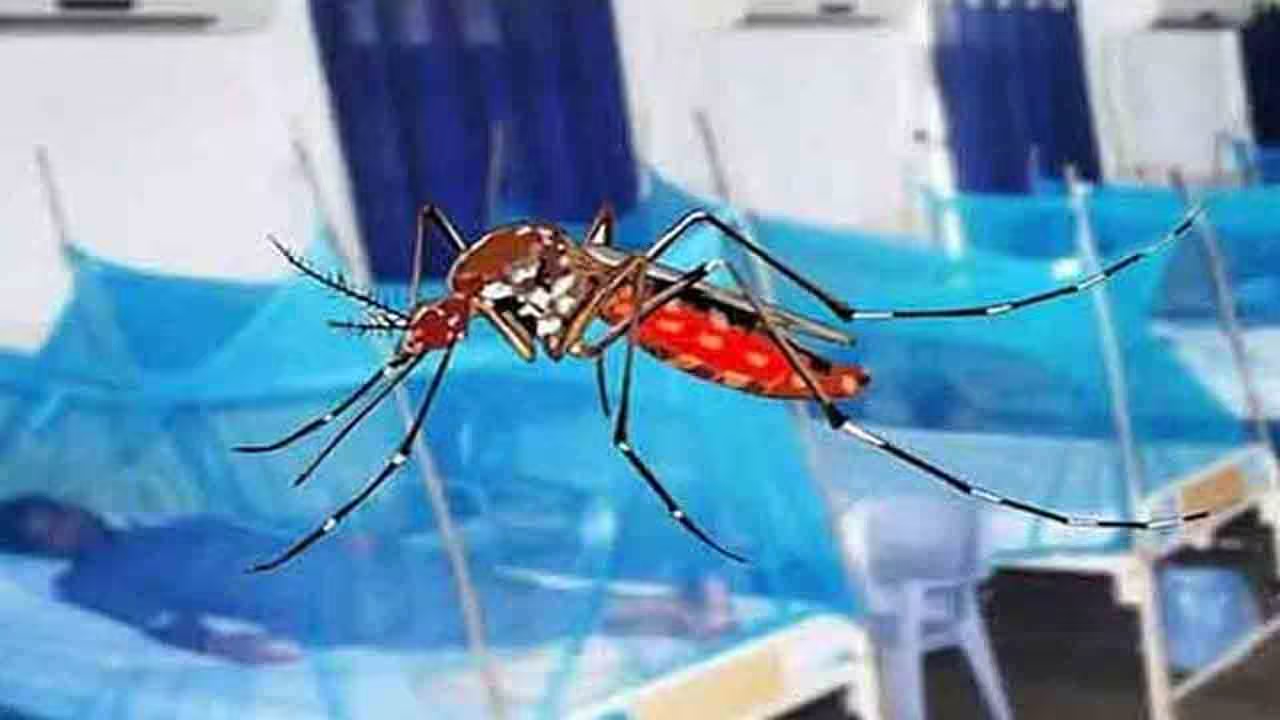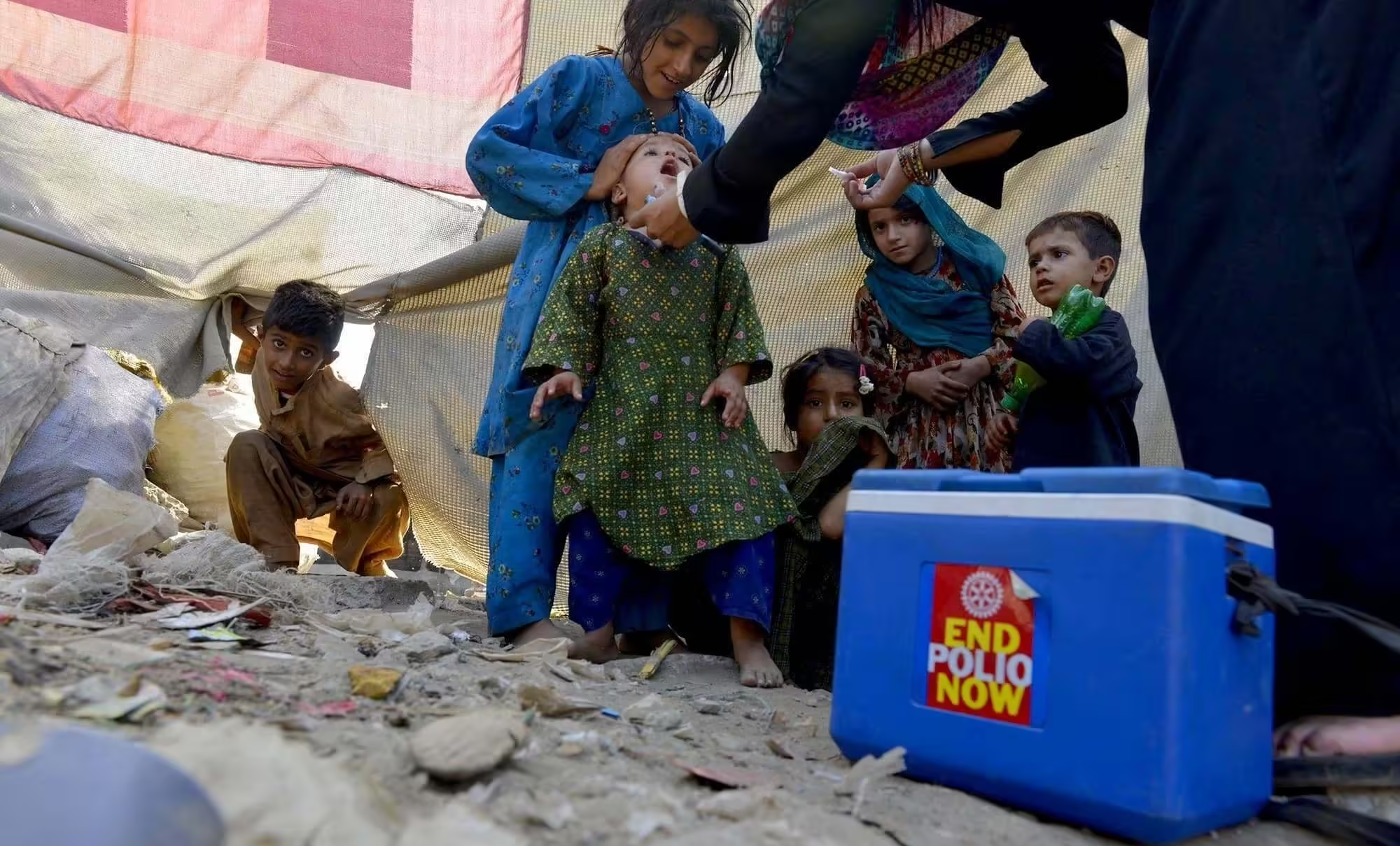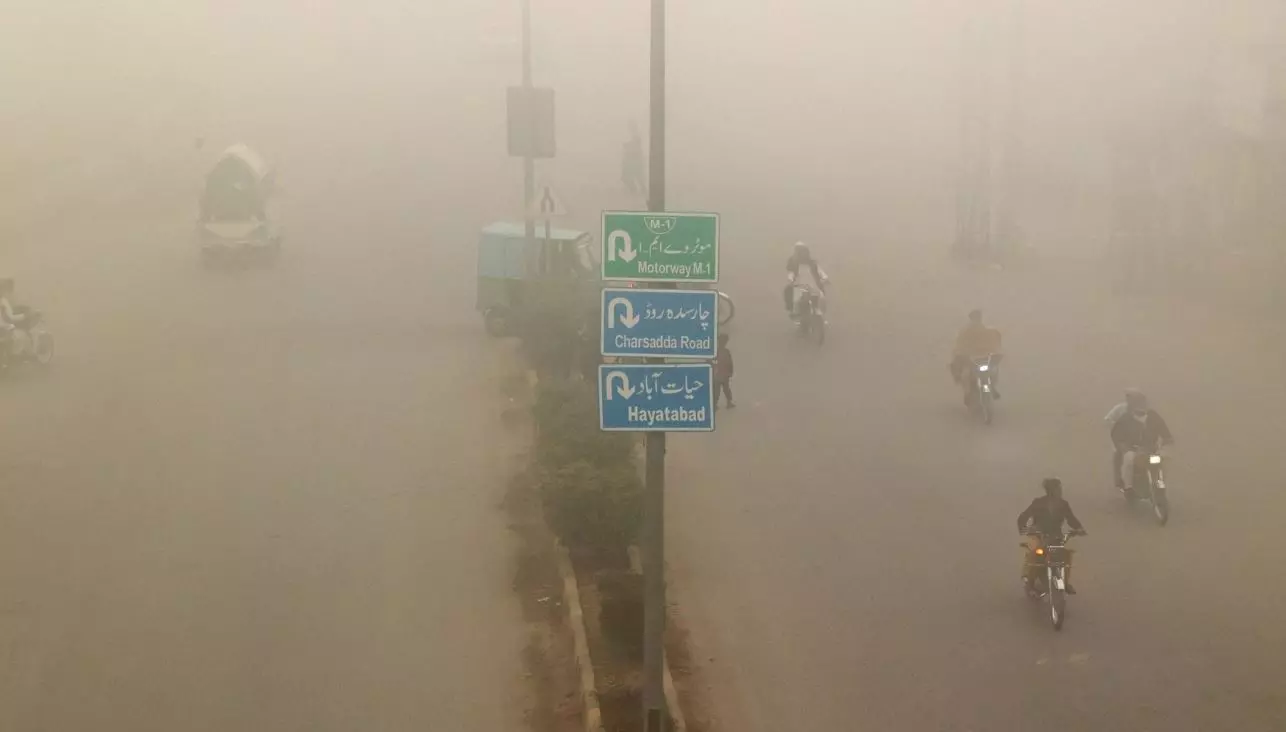Recent reports reveal a concerning rise in the prevalence of the polio virus in Pakistan, with a total of 266 environmental samples testing positive across 58 districts. This data highlights the ongoing challenges in the country’s fight against polio and underscores the need for continued vigilance and effective intervention strategies.
Distribution of Polio Virus
The distribution of confirmed polio virus samples varies significantly across different regions of Pakistan. Sindh has reported the highest number of positive environmental samples, with 114 detected in the province. Balochistan follows with 93 positive samples, while Khyber Pakhtunkhwa has recorded 31. Punjab has 22 confirmed samples, Islamabad has 5, and Azad Kashmir has reported one.
This regional distribution indicates a widespread issue, with certain areas showing a higher prevalence of the virus. The concentration of cases in Sindh and Balochistan is particularly concerning and suggests that these areas may require intensified vaccination and public health efforts to control the spread of the virus.
Impact on Children
The impact of the polio virus on children this year has been significant. So far, 14 children across the country have been affected by the virus. The breakdown of cases is as follows: 11 in Balochistan, 2 in Sindh, and 1 in Punjab. This represents a serious public health concern, as polio can lead to severe complications, including paralysis and, in some cases, death.
Efforts to curb the spread of polio have been ongoing, but these figures highlight the persistent challenges in eradicating the virus. Continued and enhanced vaccination campaigns, along with community awareness programs, are critical to preventing further cases and eventually eliminating polio from Pakistan.
Financial Overview of the Polio Emergency Plan
Addressing the polio outbreak requires substantial financial resources. According to official documents, the total cost of the Polio Emergency Plan (PC1) is approximately $1.784 billion. This plan is essential for implementing comprehensive strategies to combat the virus and protect public health.
Global Polio Eradication Initiative (GPEI) partners and other donors have provided significant financial support for this plan. To date, $1.239 billion in grants have been received from various sources. This includes funding from international organizations, governments, and philanthropic foundations dedicated to eradicating polio worldwide.
Additionally, the Islamic Development Bank has contributed to the financing of the polio emergency plan. A loan of $546 million has been secured, with $798.6 million allocated for the current phase of polio eradication efforts from 2022 to 2026. This phase is crucial for maintaining momentum in the fight against polio and ensuring that vaccination coverage is expanded and sustained.
Breakdown of Current Funding
For the current year, a total of $151.87 million has been allocated for anti-polio efforts. This funding includes a loan of $42.45 million from the Islamic Development Bank. Foreign donors have also played a pivotal role, providing $109.42 million in grants. Notably, the Gates Foundation has contributed $55.5 million as part of its ongoing support for global polio eradication initiatives.
These funds are used for various aspects of the polio eradication strategy, including vaccine procurement, distribution, and administration, as well as public awareness campaigns and surveillance efforts. Ensuring that these resources are effectively utilized is critical for achieving the goal of eradicating polio.
Challenges and Next Steps
Despite the significant financial support and ongoing efforts, the continued presence of the polio virus in environmental samples and the reported cases of polio in children highlight the challenges that remain. Factors such as vaccine coverage gaps, logistical issues, and community resistance can contribute to the persistence of the virus.
To address these challenges, a multi-faceted approach is necessary. This includes ramping up vaccination campaigns, improving surveillance and monitoring systems, and engaging with communities to address any concerns or misconceptions about the vaccine. Collaboration between government agencies, international organizations, and local communities is essential for ensuring the success of these efforts.
The confirmation of polio virus in 266 environmental samples across Pakistan underscores the urgent need for continued and intensified efforts to combat the disease. With substantial financial support from global partners and donors, there is hope that the polio emergency plan will make significant strides in controlling and eventually eradicating the virus. However, sustained commitment and collaboration from all stakeholders will be crucial in overcoming the challenges and achieving a polio-free future for Pakistan.



